
'C'mon, Aussie c'mon!' the catch phrase of many a sporting event downunder. Understand them or not - the Australians speak a unique English filled with Dundee accents, quirky phrases and fantastic vocabulary. Few are the dobbers, bludgers and two-pot screamers - the average Aussie (o-zee) is welcoming, hospitable and full of a sense of humour. Though you might just need this book to understand the jokes. for every social situation, here's the language you're going to heartravellers can avoid embarrassing moments and awkward misunderstandings with clear vocabulary listshousehold names, politics, sports - the book is full of the melee of Aussie interestsunderstand a little of the original cultures through the introductory chapters to Aboriginal and Torres Strait languages 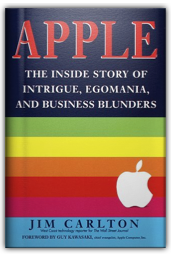
Computer users who favor Macintosh products are truly enthralled with their machines. But after reading Apple: The Inside Story of Intrigue, Egomania, and Business Blunders, even the most zealous may be hard-pressed to defend the company that produces them. Here, Wall Street Journal technology reporter Jim Carlton chronicles the missteps that have befuddled the fallen giant of Cupertino between the initial and current regimes of cofounder Steve Jobs. Carlton combines a keen sense of observation with a slew of previously undisclosed facts to produce a damning history that will leave many wondering how the firm has managed to survive. 
Xenophobia: An irrational fear of foreigners. Xenophobe's Guides: Small books that show the more you know the less you fear. Xenophobe's motto: Forewarned is forearmed. |

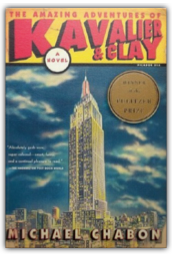
Like the comic books that animate and inspire it, The Amazing Adventures of Kavalier & Clay is both larger than life and of it too. Complete with golems and magic and miraculous escapes and evil nemeses and even hand-to-hand Antarctic battle, it pursues the most important questions of love and war, dreams and art, across pages brimming with longing and hope. Samuel Klayman—self-described little man, city boy, and Jew—first meets Josef Kavalier when his mother shoves him aside in his own bed, telling him to make room for their cousin, a refugee from Nazi-occupied Prague. It's the beginning, however unlikely, of a beautiful friendship. In short order, Sam's talent for pulp plotting meets Joe's faultless, academy-trained line, and a comic-book superhero is born. A sort of lantern-jawed equalizer clad in dark blue long underwear, the Escapist "roams the globe, performing amazing feats and coming to the aid of those who languish in tyranny's chains!" Before they know it, Kavalier and Clay (as Sam Klayman has come to be known) find themselves at the epicenter of comics' golden age. 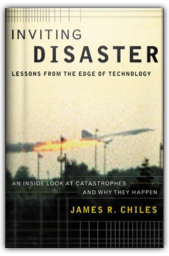
Inviting Disaster, by technology and history writer James R. Chiles, is an unusual book: it appeals to the macabre desires that keep us riveted to highway accidents, while knowledgeably discoursing on the often preventable mistakes that caused them. At its heart are colorful stories behind more than 50 of the most infamous catastrophes that periodically chilled the advance of the industrial age. There are both those well remembered (the 1986 Challenger explosion, for example) and those now largely forgotten (a 1937 gas explosion at a Texas school that killed 298). But along with lively depictions of these deadly devastations and white-knuckle calamities—the U.S. battleship Maine, Apollo 13, and Three Mile Island among them—Chiles offers an informed analysis of the unfortunate chain of events that brought them about. And by grouping like incidents to show how fatal "system fractures" eventually developed through a combination of human error and mechanical malfunction, he also suggests how we might sidestep such tragedies in the future. In so, doing he fashions these spectacular accounts of failed planes, trains, ships, bridges, dams, factories, and other conveyances and facilities into a cautionary tale about technological progress. —Howard Rothman 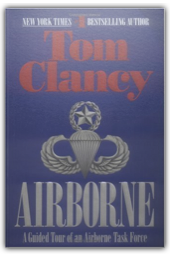
Offers a detailed, fact-filled examination of the Airborne Task Force, complete with exclusive photographs, illustrations, diagrams, and an extensive interview with the commander of the 18th Airborne Corps, General John Keen. Original." 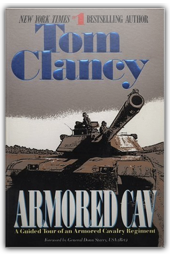
A penetrating look inside an armored cavalry regiment—the technology, the strategies, and the people... profiled by Tom Clancy. |

Brandon Muramatsu
Collection Total:
1017 Items
1017 Items
Last Updated:
Feb 15, 2009
Feb 15, 2009







 Made with Delicious Library
Made with Delicious Library